In the world of Chinese martial arts, Sanda stands out as a combat sport that blends traditional techniques with modern fighting strategies. Among its most devastating and visually striking moves is the whip kick, a technique that demands precision, flexibility, and explosive power. This kick, often delivered with the instep or the shin, can change the course of a match in an instant.
The whip kick, known as "Bian Tui" in Chinese, is not just about raw strength. It requires a deep understanding of body mechanics and timing. Fighters must generate power from the hips while maintaining balance on the supporting leg. The motion resembles the cracking of a whip, where the energy starts from the core and travels outward to the striking surface. When executed correctly, the whip kick can penetrate an opponent's defenses with shocking speed.
What makes the whip kick particularly effective in Sanda is its versatility. It can be aimed at multiple targets – from the legs to the torso and even the head. Low whip kicks are excellent for disrupting an opponent's stance, while high whip kicks can score significant points or lead to knockouts. The technique also works well in combinations, often following punches or other kicks to catch opponents off guard.
Training the whip kick involves developing both physical attributes and technical proficiency. Fighters spend countless hours stretching to improve flexibility, as a restricted range of motion severely limits the kick's effectiveness. Strength training focuses on the core muscles and legs, ensuring the power generation needed for impactful strikes. Perhaps most importantly, practitioners drill the technique repeatedly to perfect the subtle details of foot placement, hip rotation, and follow-through.
The psychological aspect of the whip kick shouldn't be underestimated. In competition, a well-timed whip kick can demoralize an opponent, especially when it lands cleanly with audible impact. The sound alone often shifts the momentum of a match. Defensively, the threat of a whip kick forces opponents to maintain distance, giving the kicker more control over the fight's tempo.
Modern Sanda competitions have seen the evolution of the whip kick. While the traditional form remains effective, contemporary fighters have developed variations to suit different situations. Some utilize a more circular trajectory for greater power, while others prefer a straighter, faster version for quick scoring. The most successful competitors know when to use each variation, adapting their strategy based on their opponent's weaknesses.
Beyond the competitive arena, the whip kick holds value for self-defense practitioners. Its speed and power make it practical for real-world situations, and the muscle memory developed through training ensures it can be deployed under stress. However, self-defense applications emphasize targeting legal strike zones and maintaining awareness of one's surroundings – considerations that differ from sport fighting.
The whip kick's journey from traditional Chinese martial arts to modern Sanda demonstrates how techniques evolve while retaining their essence. As Sanda continues to grow internationally, the whip kick remains one of its most recognizable and effective techniques. Whether in competition, self-defense, or physical conditioning, mastering this dynamic kick represents a significant milestone in any martial artist's journey.

By James Moore/May 8, 2025
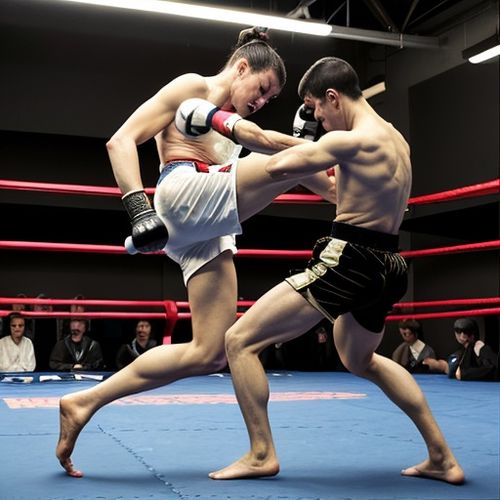
By Elizabeth Taylor/May 8, 2025
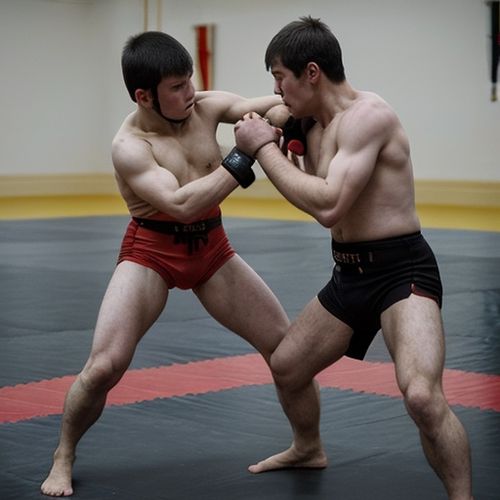
By Emily Johnson/May 8, 2025

By James Moore/May 8, 2025
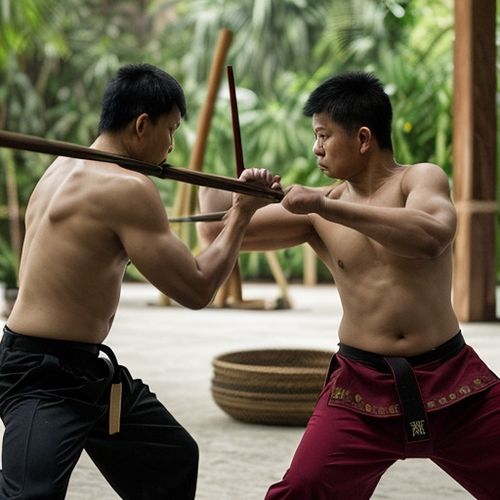
By Joshua Howard/May 8, 2025
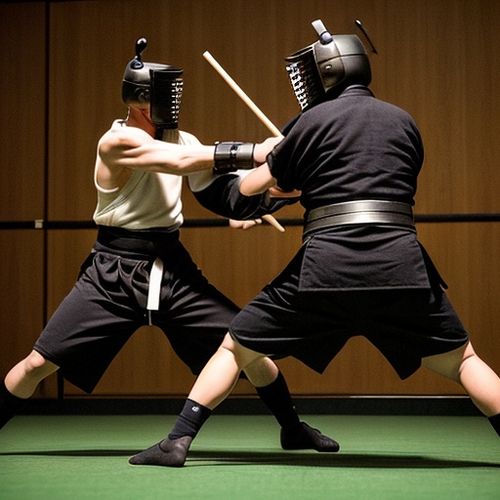
By Noah Bell/May 8, 2025
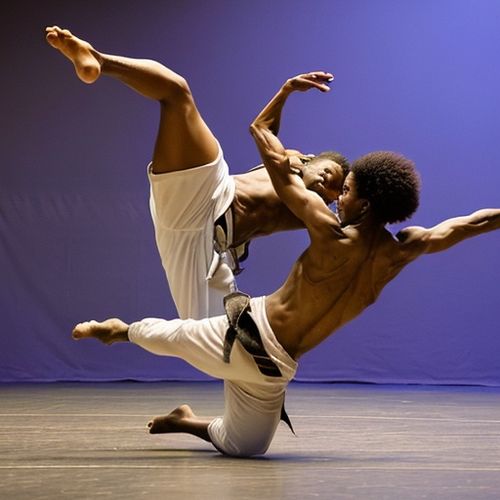
By Samuel Cooper/May 8, 2025
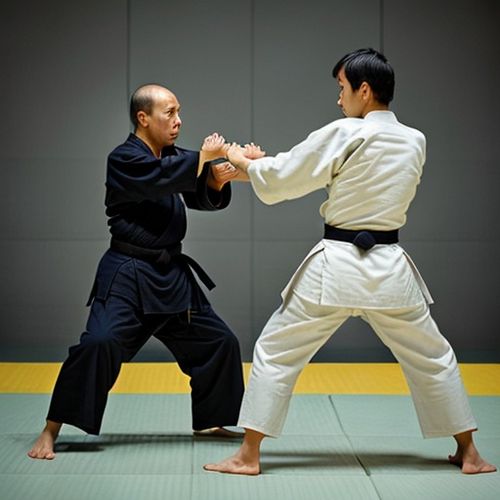
By Sophia Lewis/May 8, 2025
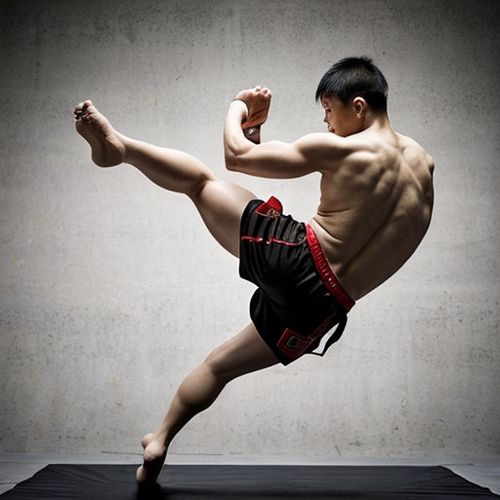
By Sophia Lewis/May 8, 2025
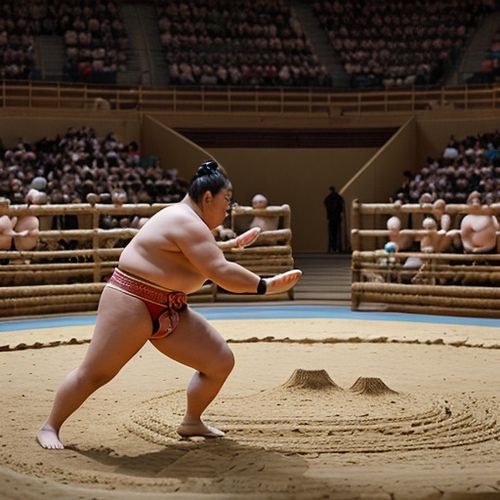
By Noah Bell/May 8, 2025

By Sophia Lewis/May 8, 2025
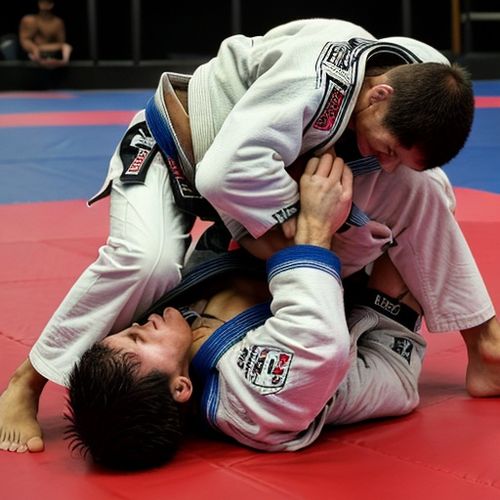
By Christopher Harris/May 8, 2025
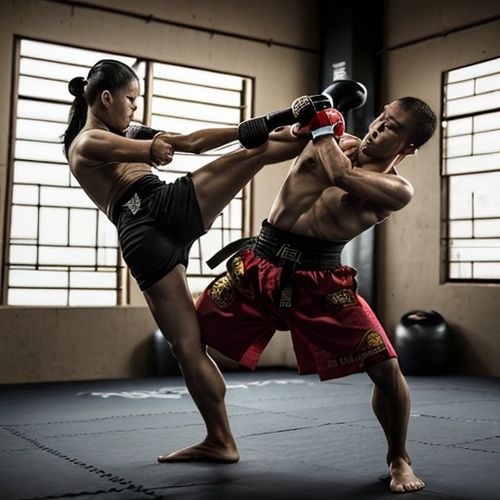
By Victoria Gonzalez/May 8, 2025

By Sarah Davis/May 8, 2025

By Joshua Howard/May 8, 2025
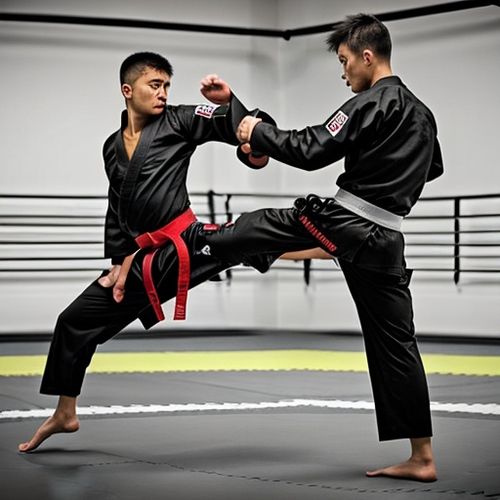
By Sarah Davis/May 8, 2025
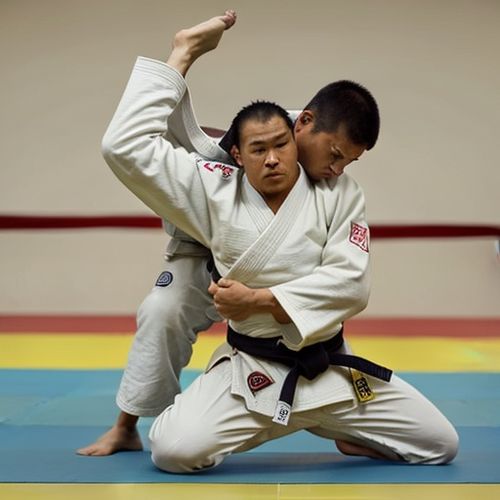
By Amanda Phillips/May 8, 2025

By Thomas Roberts/May 8, 2025

By Victoria Gonzalez/May 8, 2025

By Noah Bell/May 8, 2025